Industrial design is a field that is constantly evolving, especially as technology becomes more and more advanced. Here at SurfaceID, we are constantly keeping up-to-date with market trends. It ensures that we are designing products which are focused and relevant to what people actually want. In recent years, the industrial design industry has been shifting toward more sustainable practices, inclusive and accessible designs, and minimalism. Additionally, designers are embracing emerging technology such as AR/VR, AI, and 3d-printing.
Sustainability
In 2024, thinking about sustainability is non-negotiable when designing a product. We are all becoming more aware of the impact that our products are having on the environment. Therefore, it is important to consider sustainable design practices that can be integrated into the design process. In recent years, industrial designers have been exploring new avenues for eco-friendliness. This includes, sustainable materials for design, ethical production practices and embracing circular design principles.
Post-graduate student Mi Zhou has developed a brand of toiletry bottles which are cast from soap and dissolve when they are no longer useful. The product line is called Soapack, and it has the potential to stop thousands of plastic bottles from entering the landfill. To make each product, vegetable oil-based soap is dyed with natural pigments then formed into a mold. Then the product is coated with a thin layer of beeswax to ensure that it is waterproof and doesn’t dissolve before the contents are used up. As a result, it saves the countless number of plastic bottles than would have been used and discarded. This illustrates just one of many examples of how sustainable design can open the doors for innovative concepts.
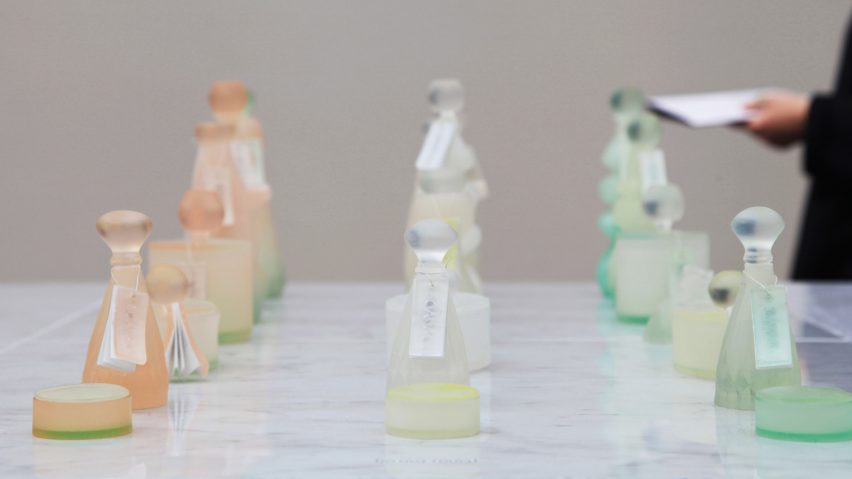
Soapack Sustainable Soap Packaging
Minimalism, Invisible Tech: Merging Home Aesthetics
Minimalism and simplicity are key for design in 2024. As the world becomes increasingly saturated by distractions, consumers are seeking out products which are simple, easy to use, and visually uncluttered. Consumers are being drawn to clean lines, simple shapes, monotone coloring, and soft texturing, to decrease their cognitive load and enhance the user experience.
A growing subsection of this trend is merging home aesthetics with technology. Consumers enjoy the convenience that emerging smart products can bring into their lifestyle. However many want an escape from increasing digital distractions. For instance, products such as the google nest collection use a minimalist user-interface and soft texturing to blend their products into the home environment.
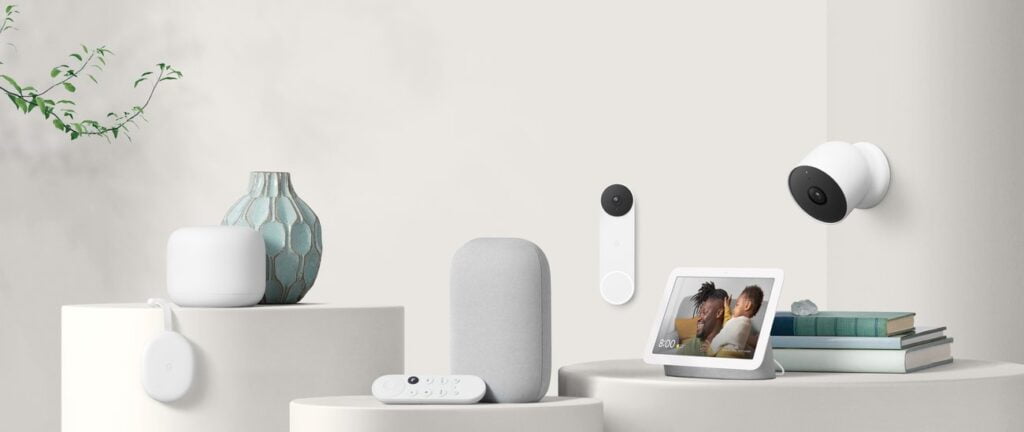
Google Nest Product Collection
Inclusive and accessible design
Inclusive and accessible industrial design is an absolute must in 2024. Industrial designers should be designing accessible products which are inclusive, regardless of age, abilities or background. Accessibility is all about providing equal opportunities for all. Specifically, through creating simple and intuitive products which are flexible to the needs of a variety of different user groups. All in all, industrial designers should focus on empathy, ergonomics, and to better understand their users through focus groups and user-testing.
Designing with accessibility at the forefront of your mind not only makes your products more inclusive, it creates better products all around. One famous example is OXO’s Good Grip peeler collection. It was initially developed in 1990 for people with arthritis, but has since become the standard for personal comfort. More recently, products have been emerging such as Nike’s FlyEase shoes. Released in 2021, they are the first ever hands-free sneakers. Not only does this product empower people with limited mobility, it makes the experience of putting on shoes quicker and easier for all. Designing for accessibility makes your products more inclusive for all.
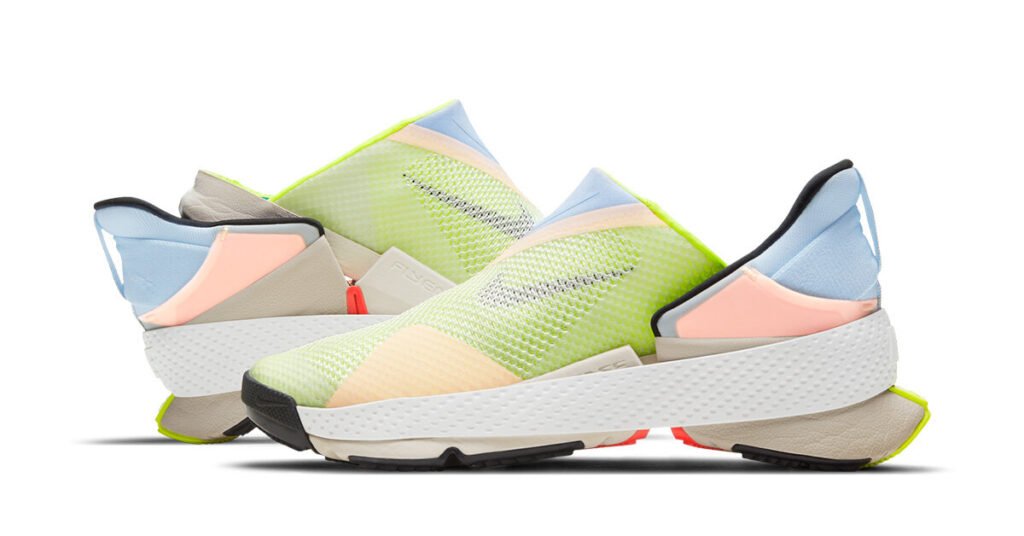
AR/VR
Alternative Reality and Virtual Reality (AR/VR) have skyrocketed in recent years. In 2023 Apple released the Apple Vision Pro, a revolutionary design integrating VR into the general consumer environment. While not the first to adopt this design trend, it signaled the shift that many tech companies have been following. From games to business tools, the AR and VR markets have been expected to see a 48.8% growth in revenue during the period of 2020-2025.
To learn more, read our previous post on AR and VR in Industrial Design
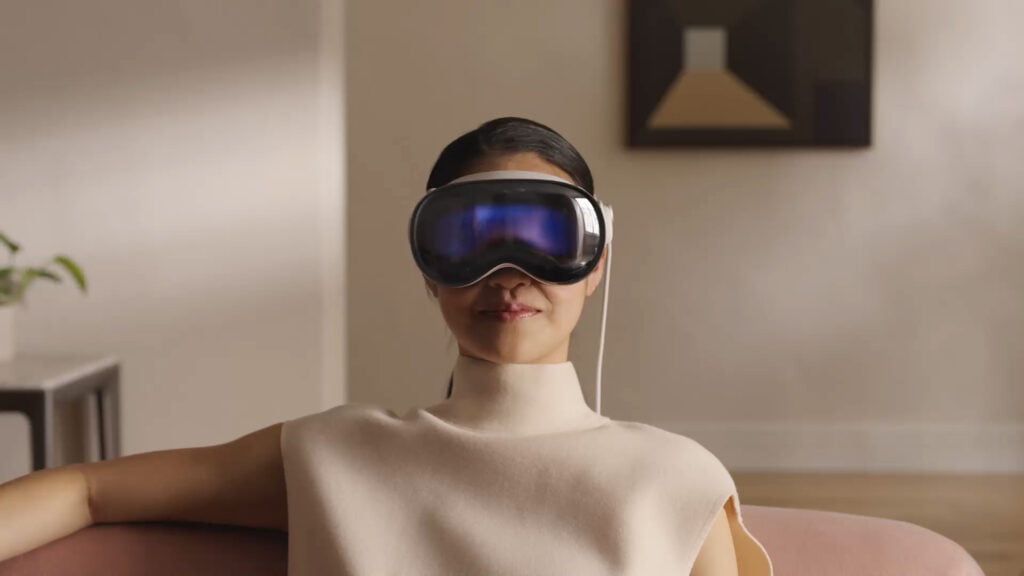
Biophilic design: Natural elements within the home
The biophilic trend that we are seeing in 2024 is all about our longing to connect with nature. Particularly, it brings natural elements into the home such as soft textures, organic forms, and even living plants themselves. Biophilic design is a unique approach to human-centered design, and increases individual well-being by enriching spaces with natural elements.
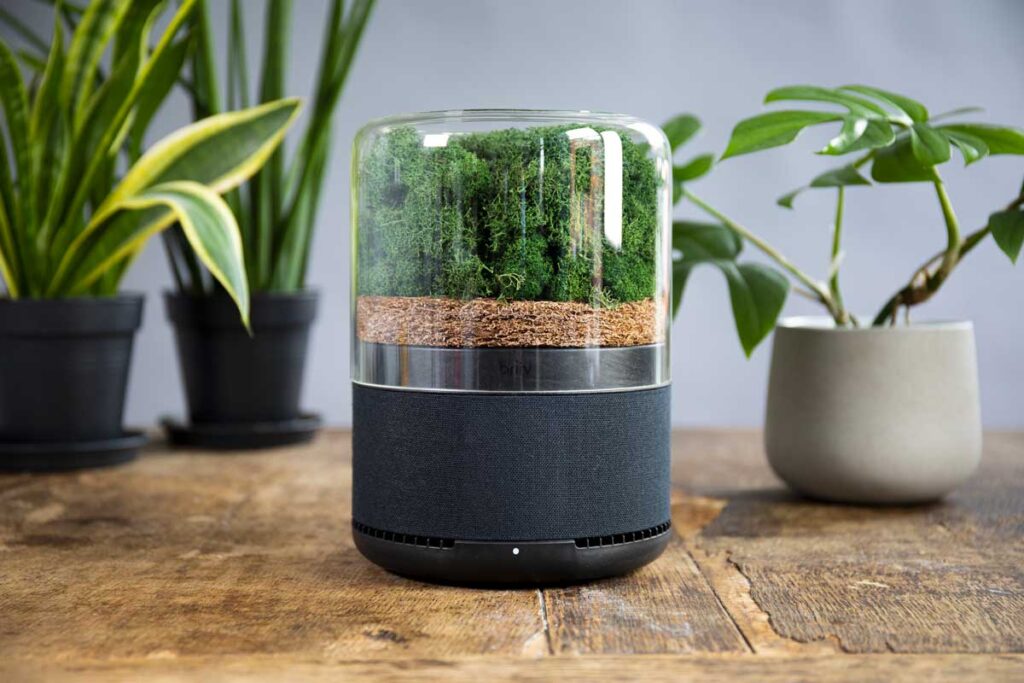
Natural and warm neutral tones and textures have also increased in popularity this year. They bring a nostalgic and warming effect into the environment, and could elicit a calming effect in your home or workspace. One example is the Pantone Colour of the Year 2024; peach fuzz (Pantone 13-1023). This colour is a fusion between pink and orange, which Pantone has described “gentle yet delightful and light”. With this in mind, consider using this colour for wood finishing, carpets and more, to soften a space.
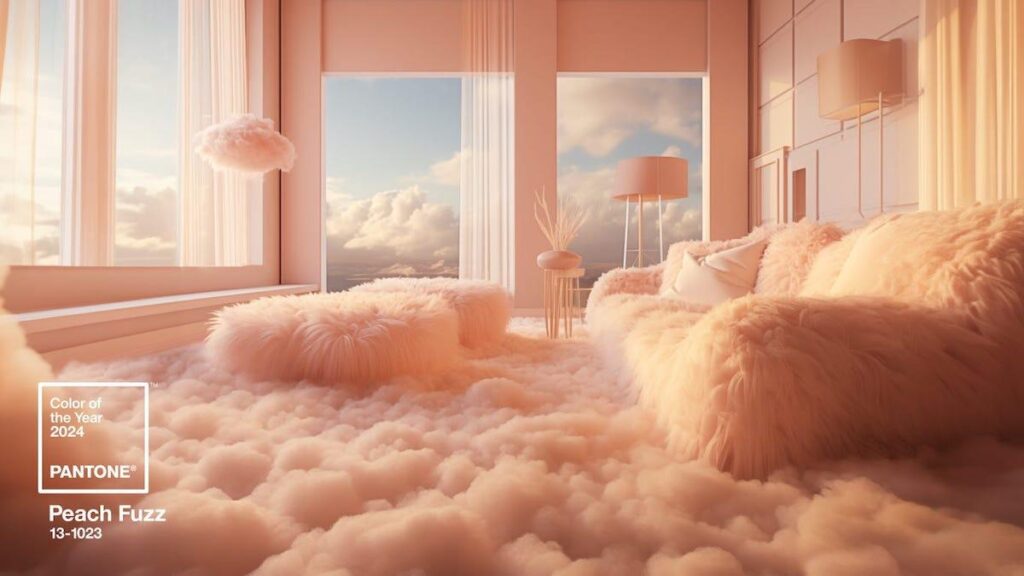
Pantone Colour of the Year 2024
AI Integration and IoT
Since 2023, AI has become one of the fastest growing communication technologies that we have seen in years. AI is has been integrated into electronic devices and consumer electronics to enhance user experiences and functionality. Ultimately, when used correctly, AI can make devices more engaging for users and more efficient for you. With AI you can access features such as smart assistant capabilities, advanced personalization, voice recognition, language processing, maintenance, and more.
The Internet of Things (IoT) has also continued its growth over the past years. In fact, it is changing the way that users interact with products. IoT technology is designed with integrated sensors and connectivity to enable products to gather data in real-time. As a result, this optimizes product performance, improves efficiency and creates better connected systems. Nowadays, industrial designers and engineers are developing products which adapt to user needs as technology continues to advance.
One notable use of AI in consumer electronics is the HumaneAI pin, launched in November, 2023. Developed by an ex designer and engineering duo from Apple, this tiny yet powerful product may become the replacement of the cellphone. The pin takes voice commands from the user and projects data onto the user’s hand. Meanwhile, the user controls the device through intuitive hand movements. Ultimately, products like this are only possible with the integration of AI. As AI continues to grow more powerful, we should expect to see more IoT products like this.
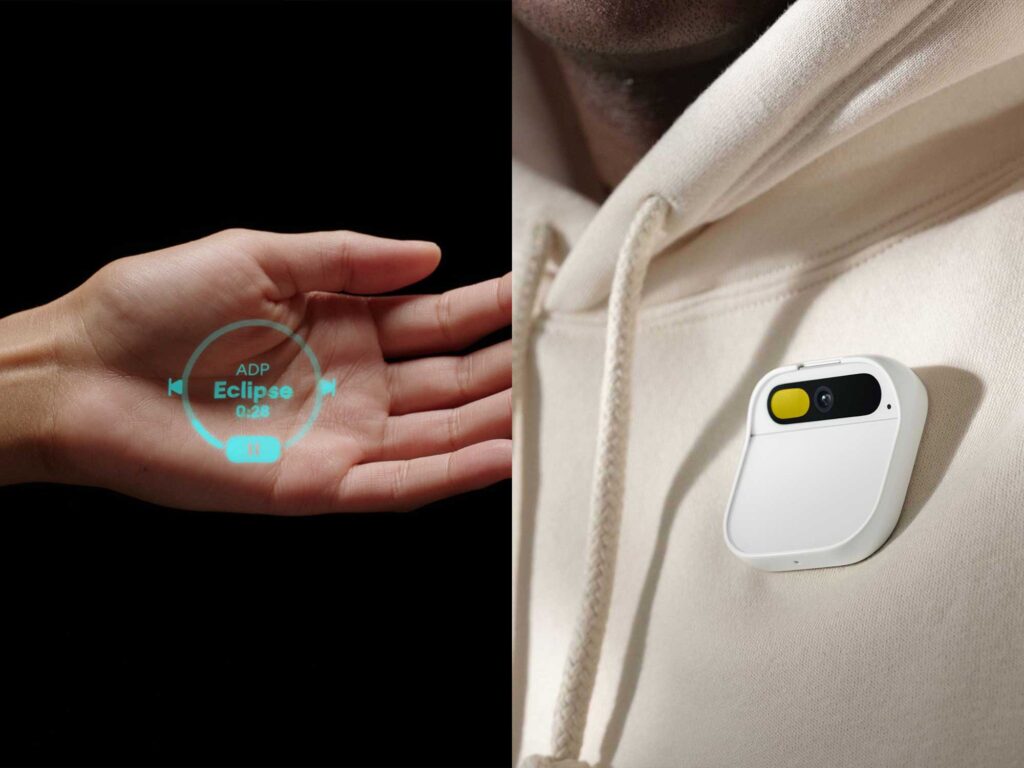
3d printing advancements
We have seen enormous growth in 3D printing technology over the past few years. Consequently, it is reshaping the way that we design and produce products. Recent technological breakthroughs have made 3d printing more accessible to industrial design firms and freelance designers alike. Not only can it reduce prototyping costs, it can also accelerate product development cycles through the quick integration of CAD programming. Additionally, new materials for printing are constantly being developed. Companies like Formlabs have been developing a range of materials for industries ranging from aviation to biomedical engineering.
At SurfaceID, we are integrating 3D printing into our design and engineering process. We see how important it is to stay up to date with current technology to streamline development. In fact, 3D printing and CAD software made it possible to manufacture market-ready products in house for BlackKnight. By embracing new 3D printing technology, we can unlock new opportunities for innovation, efficiency and sustainability for the future of product manufacture.
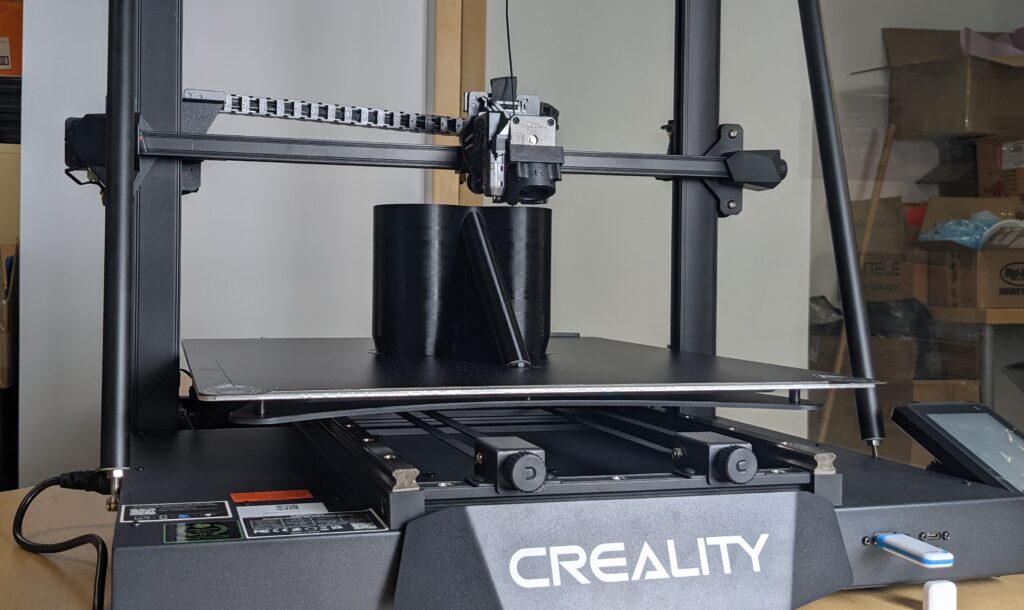
SurfaceID 3D printing product using Creality printer
Conclusion
In a nutshell, it is important to stay up to date with current design trends. This will ensure that you stay competitive within the every-changing market. Industrial design as a whole is shifting to meet new demands from consumer markets as technology continues to advance. Emerging trends such as sustainability, AI, IoT, minimalism, AR/VR and 3D printing are expected to continue their growth over the next few years.